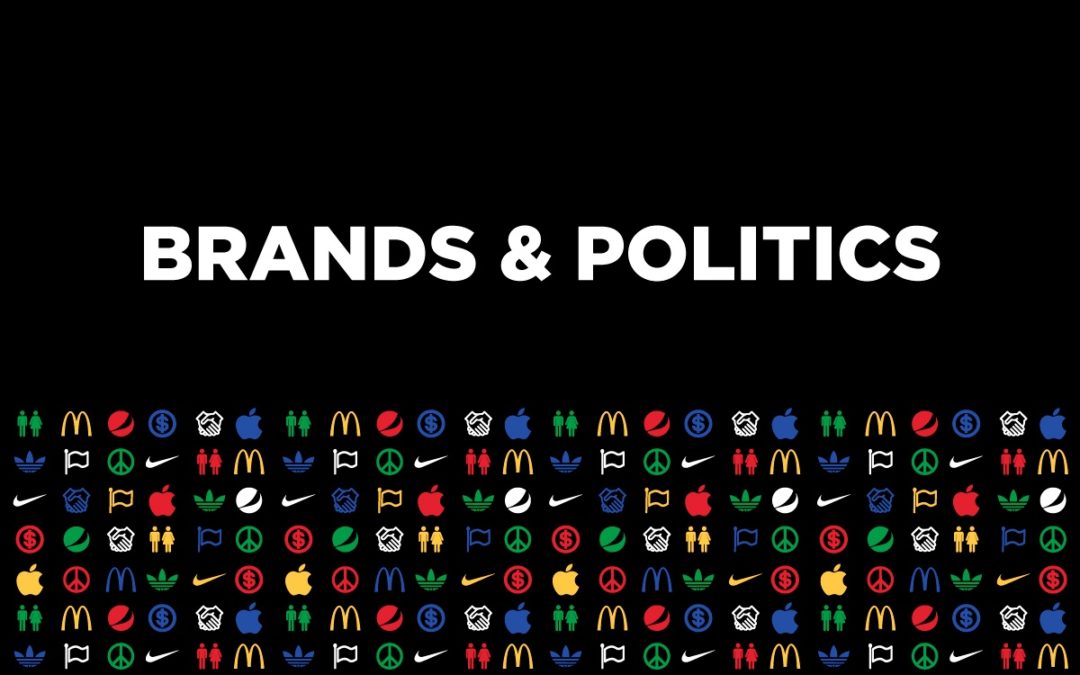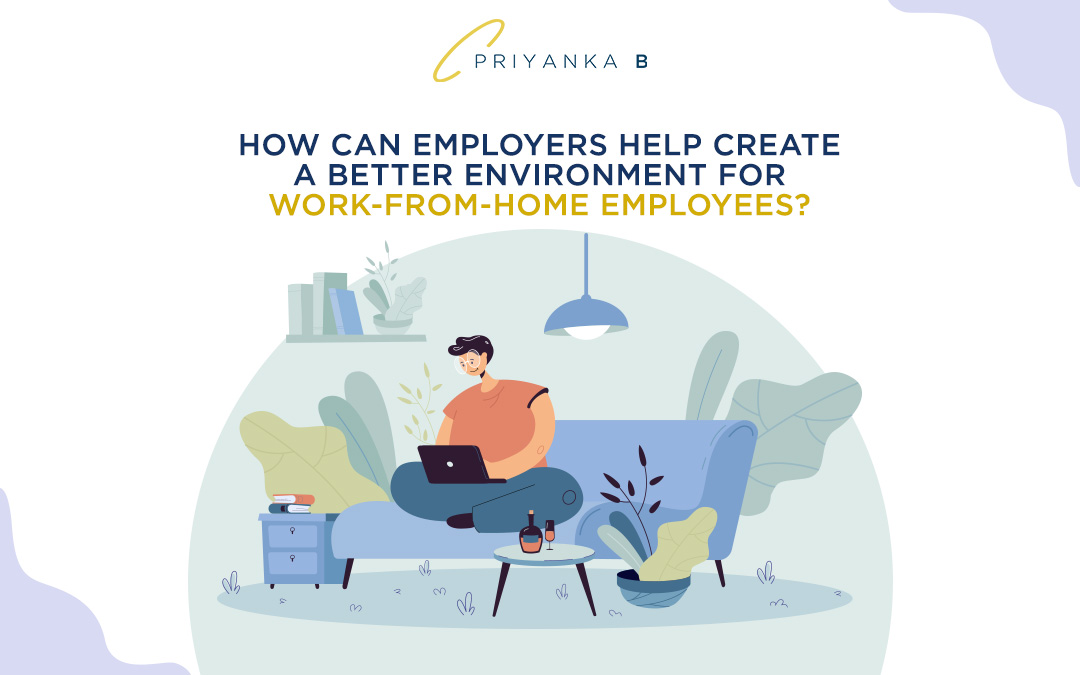The year was 1985, and the country, South Africa. Back then, the African nation operated under the institutionalized racial segregation system known as “apartheid”.
The brutality and sheer lack of humanity that characterized this system had long been protested by academics and activists in Western nations, but was also overlooked (and even tolerated) by the governments and corporations of those same countries. But in the ‘80s, things started to change.
Due to a number of factors, a boycott movement against companies doing “business as usual” in South African lands emerged across US universities, and rapidly spread to other places. The goal was to put indirect pressure on apartheid by leveraging on the business interests these companies had in South Africa – and it worked.
Pepsi – in what was considered a rather novel move at the time – withdrew from the country in 1985. The opinion was divided; some saw it as a PR stunt (“freedom” was the ‘80s version of “sustainability”), but the company had effectively ceased to operate in the country.
Pure or not, it was quite the political move for a big-name brand, and other companies (Benetton, Patagonia) followed suit in delivering politically-charged messages.
The 90s Hiatus and the Big Comeback
After the collapse of the Soviet Union, the brands toned down on their political stances. These were the times of post-modernist political theory, in which history had (allegedly) crystallized into form of liberal capitalism once and for good. As a result, politics took a backseat – at least in the marketing and advertising world.
Fast forward forward 25 years. Videos of police brutality against minorities flood social media. Social unrest builds up. A businessman with a racially-charged discourse is elected president. And then, in 2016, a football player decides to kneel during the national anthem, and changes everything.
Colin Kaepernick’s actions spoke volumes in terms of politics, and brands picked up the tab once again. Nike, Dick’s Sporting Goods and Microsoft (among others) showed their alignment to different causes to connect with their audiences. All of the sudden, politics were back.
Risks and Benefits
There are 3 ways brands can get political: consciously, unconsciously and surreptitiously. Most brands, however, make conscious efforts in remaining as unpolitical as possible.
Merging politics with marketing is a risky move: it is easy to misread political situations and movements. A few decades ago, beer giant Coors had an anti-gay hiring policy that spread onto the whole brand – as a result, holding a can of Coors could be read as being anti-gay. Not the wisest course of action by former Coors directives.
Getting your information straight
It’s not that brands shouldn’t get political – it is that the political arena (as well as the ideas nurturing and surrounding the discussions) can change in unpredictable ways.
Even specialists – political scientists, sociologists, historians, and so on – can have a hard time in helping translate a complex, volatile political situation into the actions and words that characterize corporate branding, advertising and publicity.
The current situation is particularly hard to read: inequality, post-industrial marginality, climate change and local demands are difficult, highly divisive topics. Even the best marketers should be wary of their choices when bringing politics into the mix.
Yes, deeper connections with consumers that are aligned with a certain position are tempting, but also a bet. The best thing a brand can do if decided to move forward with politics is easy: listen to every voice, consult with the best specialists, and make a decision that is as informed as possible.





Recent Comments